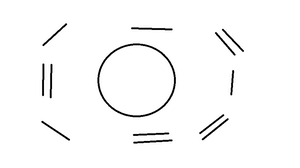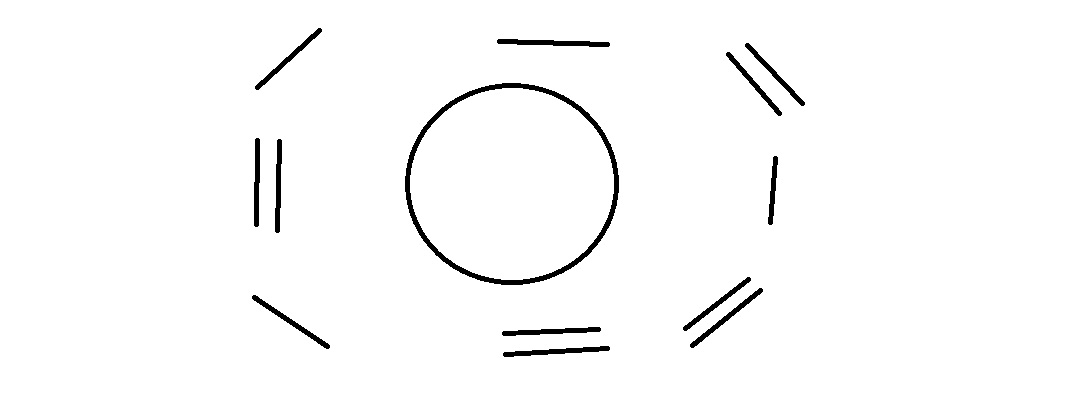Control Your Landing
by Karen O’Neal

It’s now February and we are getting ever closer to spring and the competition season. Since we are still mostly riding indoors, this is a great time to work on technique, position, control, and overall training for show jumping. This month’s exercise will get you ready for course work by focusing on the control and balance of the canter, both towards and away from jumps.
When we are jumping, we sometimes forget about the landing side of the fence. The landing is one of the most important times to gain control and prepare for the next line and jump. Having a plan on landing can help you gain control and prepare for the next question on course.
This exercise works best in a large arena, although it can be modified for a small arena as well. It is preferable to use six to eight jumps for this exercise, although four will also work.
Combine verticals and oxers in a large oval of fences. In the middle, leave enough room for a 20 to 30-meter circle, building the jumps from one end of the arena to the other end, each four to six strides apart on bending and straight lines. (See diagram.)
Start by riding the circle inside the oval of fences. Jump one small fence out of the circle, land and ride a transition to trot then back to canter, and ride around the outside of the jumps until the canter is controlled again. Next, jump another small fence back into the circle, land and ride a 20-meter circle, thinking about your canter rhythm, direction, speed and balance upon landing. Keep circling until you feel your canter is balanced and correct and that your horse will go exactly where you tell it to go.
While on the circle, focus on going forward and back, making sure you have adjustability in your horse’s stride. Once you’ve achieved a quality canter, jump back out over any fence, always thinking about your canter quality. If needed, ride a transition to trot and back to canter before jumping back into the circle.
Each time you jump back into the circle inside of the fences, try to jump a different fence and make sure you change your circle direction as much as possible. The point is always working on the quality of the canter on landing, as well as staying inside the circle of fences until you’re ready to jump back out.
Once you start to feel that your horse is landing and immediately listening, go ahead and add another jump without circling. This can be done by either going down the line of fences, riding a bending line, or a sharp turn back out of the line. The goal is that your horse lands and listens to you and that you have a plan on landing.
Remember, if your horse starts getting quick, strong, unbalanced, or crooked, immediately go back to riding a circle on the inside of the circle of jumps until your horse is rideable again.
This exercise is educational and beneficial for both you and your horse. Have fun with it, and I look forward to seeing you at the shows in the spring.
A lifelong horsewoman, Karen O’Neal bases herself and her business in Kent Washington, where she and Sarah Matuzweski train and operate Freedom Run Equestrian. Karen has brought multiple horses and riders up the levels of eventing to the advanced level. She is also a successful trainer and competitor in dressage, jumpers, and equitation. She is well-known as the trainer of True Avenue, who was USEA top 10 mares in 2010 and 2012, and Markus. Known for her ability to take less-than-average horses to the top of the sport, Karen is also an experienced USEA Level III Certified Instructor. She is in the process of finishing her USHJA Instructor Certification. Karen enjoys getting the most out of her students and is an accomplished instructor and clinician. To learn more about Karen or to contact her anytime, visit www.onealfarms.net, (541)-3503797 or [email protected]






